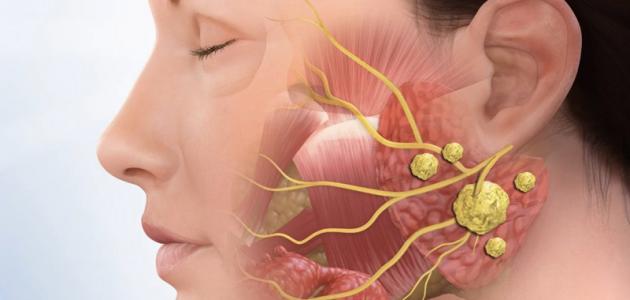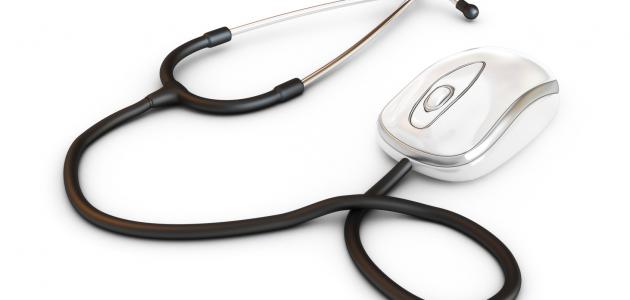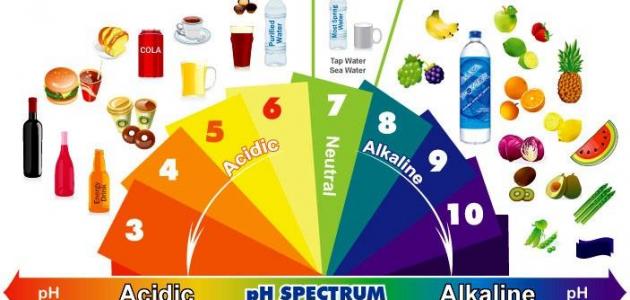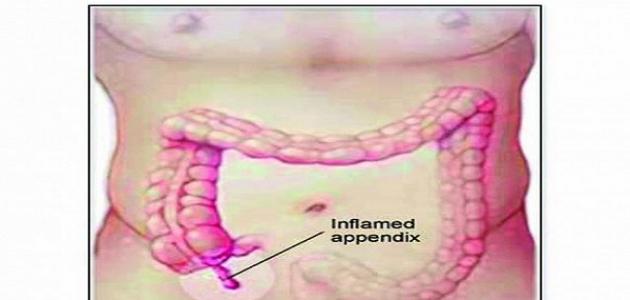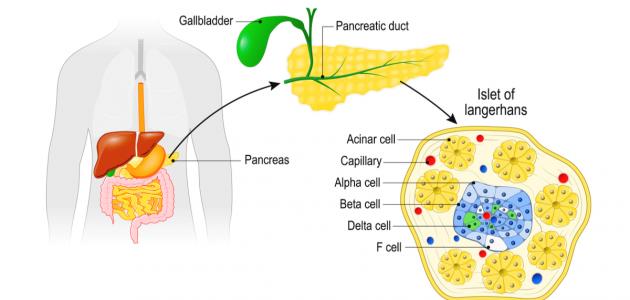Contents
Saliva
Saliva is produced by the salivary glands in the mouth, and it is mainly composed of water and some other elements that help digest food and maintain dental health. Saliva also maintains mouth moisture, and facilitates chewing and swallowing, in addition to these Important functions, saliva has an important role in eliminating bacteria and viruses in the mouth, through the force of saliva in the mouth, and it contains a number of antibodies , and some other anti-bacterial elements, such as the enzyme lysozyme It should be noted that the mouth contains some beneficial bacteriaWhich helps eliminate harmful bacteria as well, and it is worth noting that the risk of disease transmission through saliva increases when the natural defenses in the mouth are weak, for example when taking antibiotics that eliminate beneficial bacteria, and lead to the growth of fungi in the mouth, Or when there is a lack of vitamin C, which leads to an increased risk of gum infection. [1] [2]
Diseases transmitted through saliva
As mentioned earlier, because the mouth and saliva contain many natural defense methods, the rate of disease transmission through saliva is very low, and it should be noted that the human immunodeficiency virus that causes AIDS is not transmitted through Saliva except in cases where a person suffers from mouth bleeding, or mouth ulcers, and from the diseases and germs that can be transmitted through saliva, the following are: [2] [3]
- The virus that causes influenza, or that causes bird flu.
- Viruses that cause colds, such as: rhinovirus.
- Ebola virus .
- The Epstein-Barr virus that causes mononucleosis.
- Streptococcus bacteria, which may cause many diseases and health problems, such as strep throat.
- Type 1 herpes virus , and it causes cold sore .
- Cytomegalovirus, which may pose a risk to the fetus if the pregnant mother is infected with it.
- The hepatitis B virus , and the hepatitis C virus , and although the hepatitis B virus is generally transmitted through contaminated blood or through sexual contact, some have been recorded. Cases in which the virus was transmitted through saliva. As for the hepatitis C virus, it cannot be transmitted through saliva unless there are ulcers in the mouth.
Methods of transmission of diseases through saliva
There are a number of different ways that may lead to the transmission of diseases through saliva, and some of them are explained in the following: [3]
- Kissing: as kissing leads to the transmission of saliva from one person to another, which in turn may be a carrier of one of the viruses that cause the disease, such as the common cold and influenza , and infectious mononucleosis is also called the term kissing disease, due to its transmission often from The way of kissing, and although the beneficial bacteria in the mouth protect the body from the transmission of bacteria to it, lack of attention to oral hygiene may increase the risk of bacterial infections, such as: Methicillin-resistant Staphylococcus aureus, in short MRSA , which is a very dangerous bacteria.
- Toothbrush: Many types of infectious diseases can be transmitted by sharing a toothbrush with an infected person, and the risk of transmission of these diseases may increase in the event of mouth ulcers, or a weakened immune system .
- Dental protection dentures: Dental protection dentures are used in some types of sports, and when sleeping to prevent pressure on the teeth, and in fact, dental protection dentures may contain different types of bacteria and fungi, so be careful to wash them well, and brush the teeth before installing them, and not to share them with the others.
Other ways of transmitting diseases
There are many other ways that germs and diseases can be transmitted from one person to another, and some types of germs can be transmitted through several different ways to the body, and among these methods are the following: [4]
- Through droplets scattered in the air: Some types of diseases spread through the infected person's sneezing or coughing , due to the spread of a large amount of droplets and droplets that contain disease-causing germs, and if these germs are inhaled by a healthy person, this may lead to his infection Infection, including colds, influenza, chicken pox, and measles .
- Through the stool to the face and mouth: Some diseases are transmitted through the stool of the infected person, where the germs stick to some surfaces or food and water, and then transfer to the hands of anyone who uses them, and if the hands are not washed well and placed inside the mouth, the disease may be transmitted to the person Healthy, and among these diseases: viral meningitis, hand, foot and mouth disease , and worms infection.
- Through the skin and mucous membranes: direct contact between the skin of an infected person and a healthy person leads to the transmission of some diseases, such as: warts, scabies, and conjunctivitis.
- Through blood or one of the other body fluids: There are some diseases that are only transmitted through blood or one of the other body fluids, such as: semen or breast milk during breastfeeding , and among these diseases are: viral hepatitis and HIV.
References
- ↑ "Saliva and Your Mouth" , www.webmd.com , Retrieved 25-10-2018. Edited.
- ^ A b Ingrid Koo (1-8-2018), "Infectious Diseases : That Are Spread : Through Saliva" , Www.verywellhealth.com , Retrieved 25-10-2018. Edited.
- ^ A b "Does Saliva Have Health Risks , ? 3 Ways Germs Can Spread : " , Health.clevelandclinic.org , 17-6-2016, Retrieved 25-10-2018. Edited.
- ↑ "Ways infectious diseases spread" , www.sahealth.sa.gov.au , Retrieved 25-10-2018. Edited.
